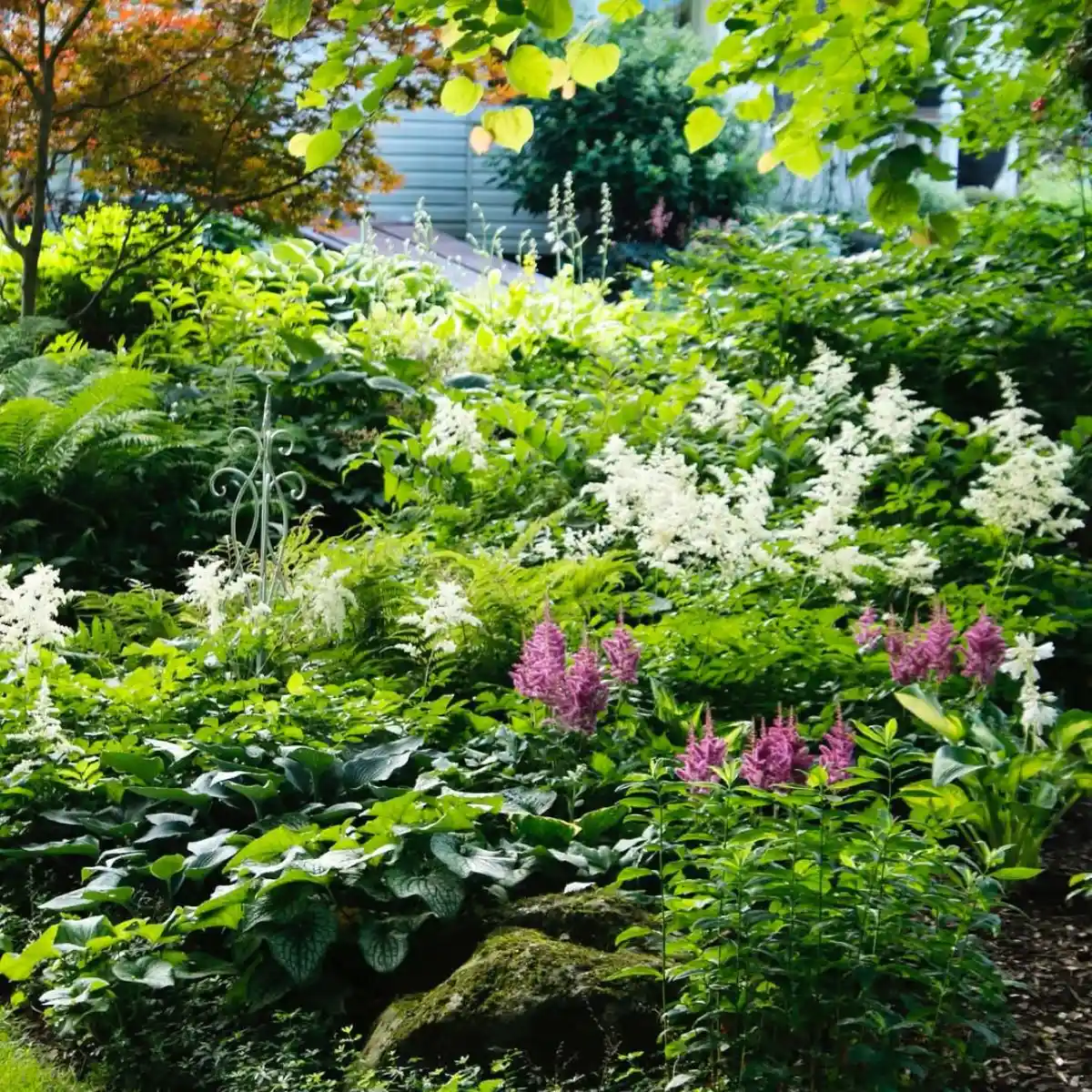Your patio space can be so much more than a plain old outdoor space. With a few well-chosen plants and flowers, you can have a lush oasis right outside the sliding screen door of your home.
In today’s article, we’ll guide you on how to choose the best plants for your patio and how to organize everything in a way that makes both upkeep and relaxation a breeze. Without further ado, let's step into a world where your patio isn't just functional—it's a living masterpiece.
Architectural Plants: Create Structure and Impact
Plants define areas through their height and form, creating an almost sculptural effect that transforms a flat patio into a dynamic landscape.

Consider how each plant's shape can serve your design ambitions. For instance, vertical accents could highlight a pathway, while rounded shrubs could soften hard edges around seating areas.
Use tall grasses or bamboo for exquisite backdrops or natural screens for privacy areas without having to build a single wall. Dwarf trees or upright plants like yucca bring the eye upwards, injecting grandeur and breaking up monotony without overwhelming small spaces.
Strategic Placement for Maximum Visual Appeal
Placement also matters, especially when you have limited space. For maximum impact, consider the sightline from inside your house or at different points on the patio itself.
A canopy-forming palm might frame a charming bistro set perfectly when viewed from your kitchen window, creating an inviting tableau that calls you outside. Or imagine a cluster of ornamental grasses strategically positioned to catch the evening light, casting playful shadows that animate your space as the sun sets.
Remember also the movement these plants can introduce. A breeze through feather reeds or the rustling of leaves in a potted eucalyptus adds an extra layer of sensory experience to your patio sanctuary. It's not just how it looks—it's how it feels when you are there among them.
Extra tip: To fully enjoy your new patio from anywhere in the house, consider installing a sliding screen door for easy access. This way, you can allow the breeze and the fragrance of the flowers to come inside while any uninvited guests remain outside.

How to Choose Your Plants
To select plants for your patio, start by assessing its environment. Take note of how much sun your outdoor space receives and at what times during the day.
Full-sun species won't thrive in shadowy spaces, just as shade-lovers might wilt under intense rays. Track exposure patterns over a few days and use your observations to create a roadmap for choosing plants adapted to your specific conditions.
If your patio basks in sunshine, consider sun worshipers like lavender or salvia. For shaded patios, hostas and ferns can flourish without full sunlight, bringing verdant life to cooler corners. Opt for robust varieties like snake plants or peace lilies in screened areas where natural light is filtered. They're hardy souls that tolerate less direct light while contributing clean lines and restful greenery.
For open patios, succulents like agave or sedum offer robust textures and are forgiving if neglected. These plants can handle the heat and require minimal watering, making them ideal for sun-drenched spaces.
Don't forget about grasses, either. Varieties such as blue fescue or fountain grass yield movement and texture while holding their own against the elements. If you're working with a mostly shaded patio, look to astilbes or impatiens for a splash of color that thrives out of direct sunlight. Such species brighten dim areas and pair well with leafy ferns to create an impression of lightness and depth.

Care Routine Made Simple
As you add more plants to your patio, you also have to consider the care routines. If you don’t have the time and mental space to remember when each plant needs watering and pruning, here are a few tricks of the trade to make things easier.
Simplify the watering routine by pairing plants with similar hydration needs together. Thirsty species like begonias should keep company, while drought-tolerant succulents can share space without competing for moisture.
This zoning concept conserves water and saves time. Also, use a moisture meter to eliminate guesswork about when to water.
When it comes to pruning and feeding, timing is everything. Develop a seasonal schedule that aligns with the growth cycles of your patio plants. Make sure to prune in early spring or late winter to encourage new growth where needed. In the fall, focus on removing dead or overgrown foliage before winter sets in.
Opt for slow-release fertilizers that enrich your plants over time rather than all at once. This way, you give them consistent nutrients without frequent reapplication.
The mantra here is straightforward – streamline maintenance tasks, so you spend more time enjoying your patio and less time laboring over it.
Wrap Up
With the right plants and a bit of planning, your patio can turn into a green paradise that doesn’t need much maintenance. Using the strategies we shared today, start planning your patio’s revitalization and create your personal oasis of tranquility right outside your door!










